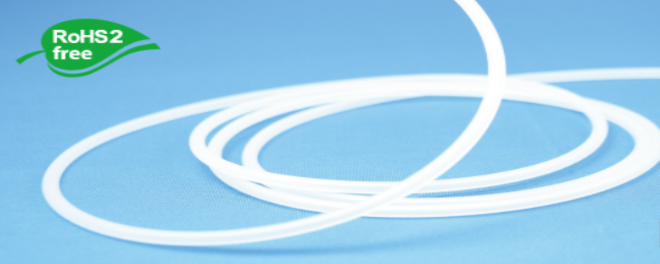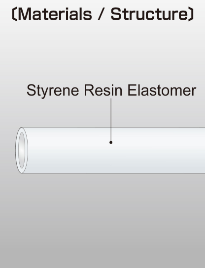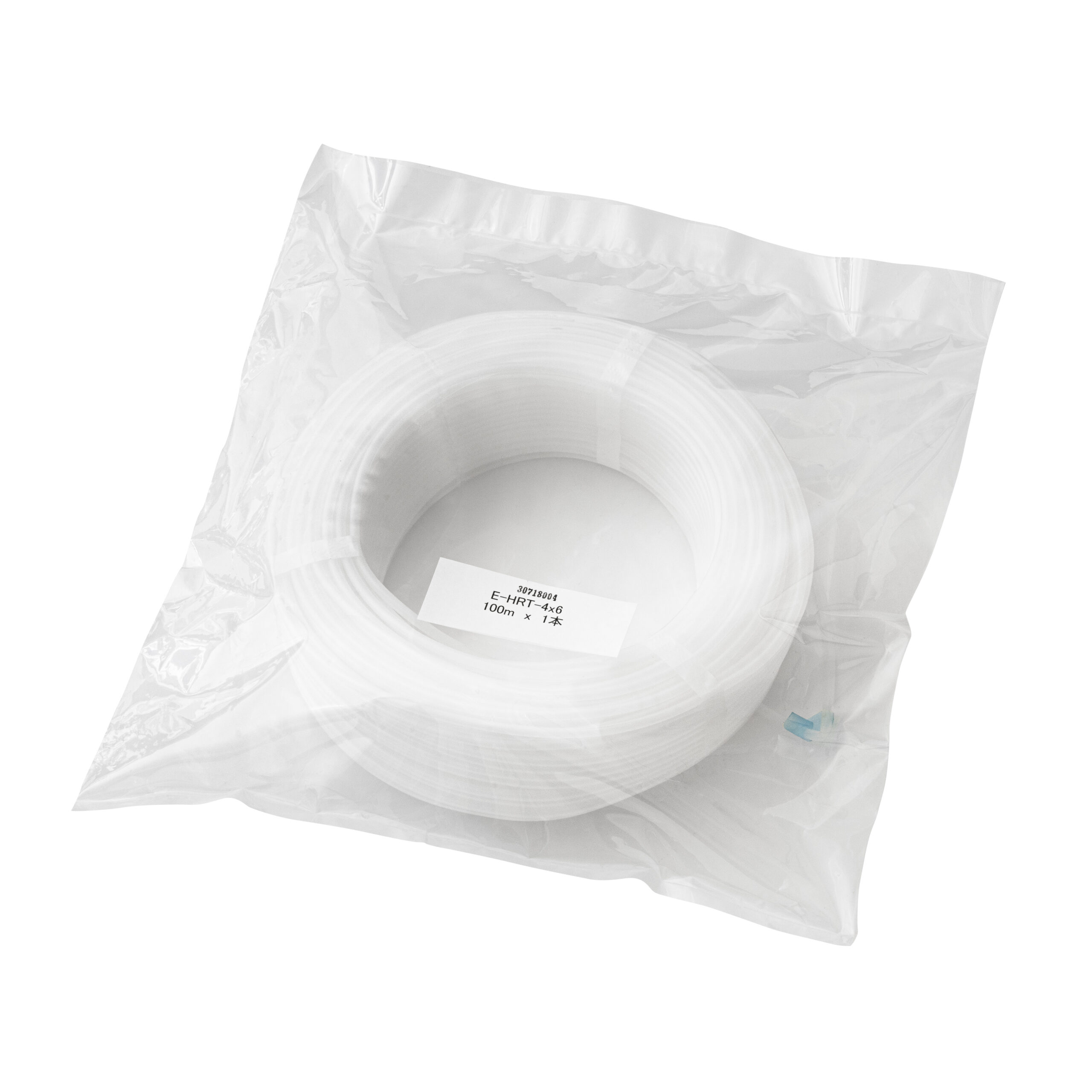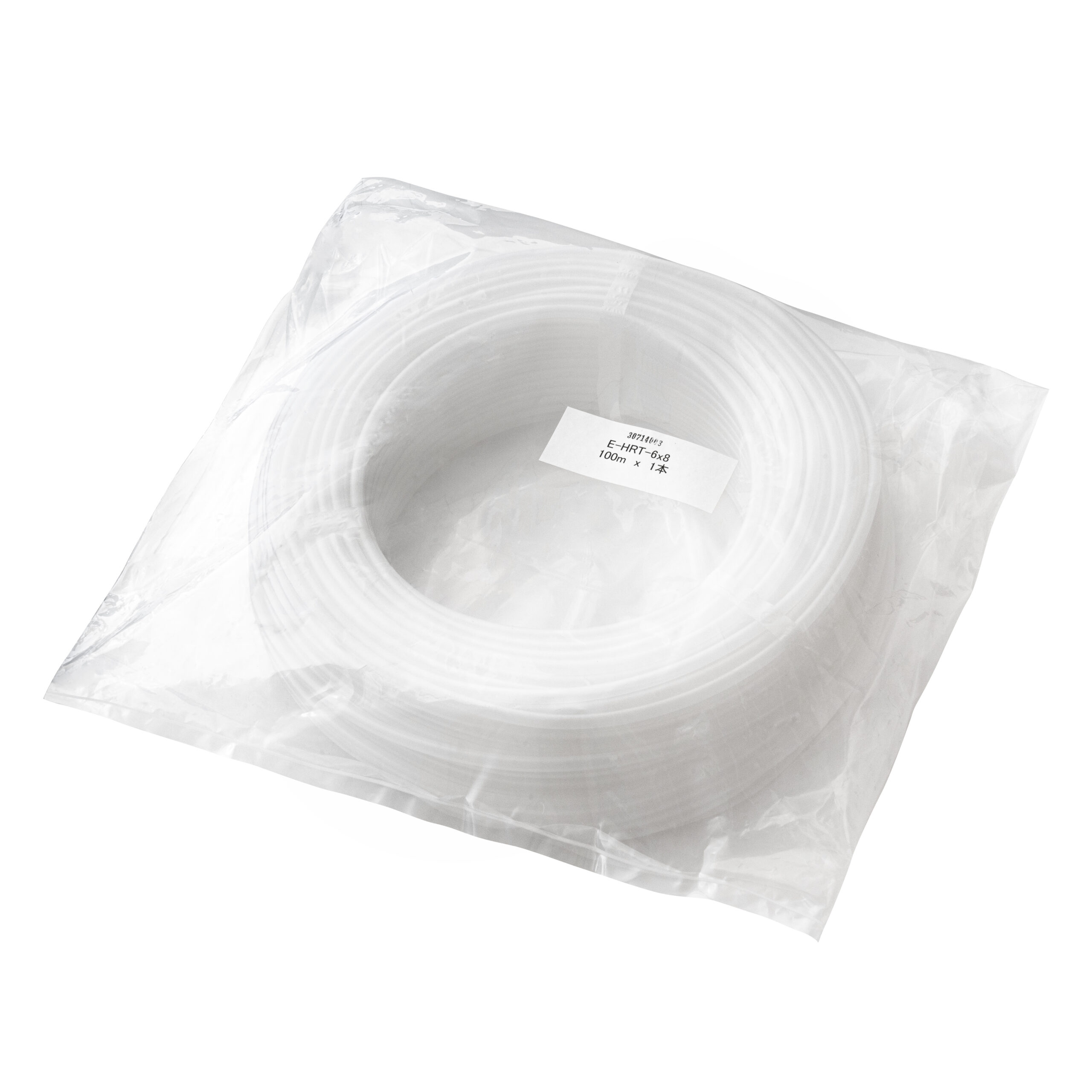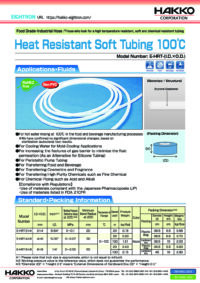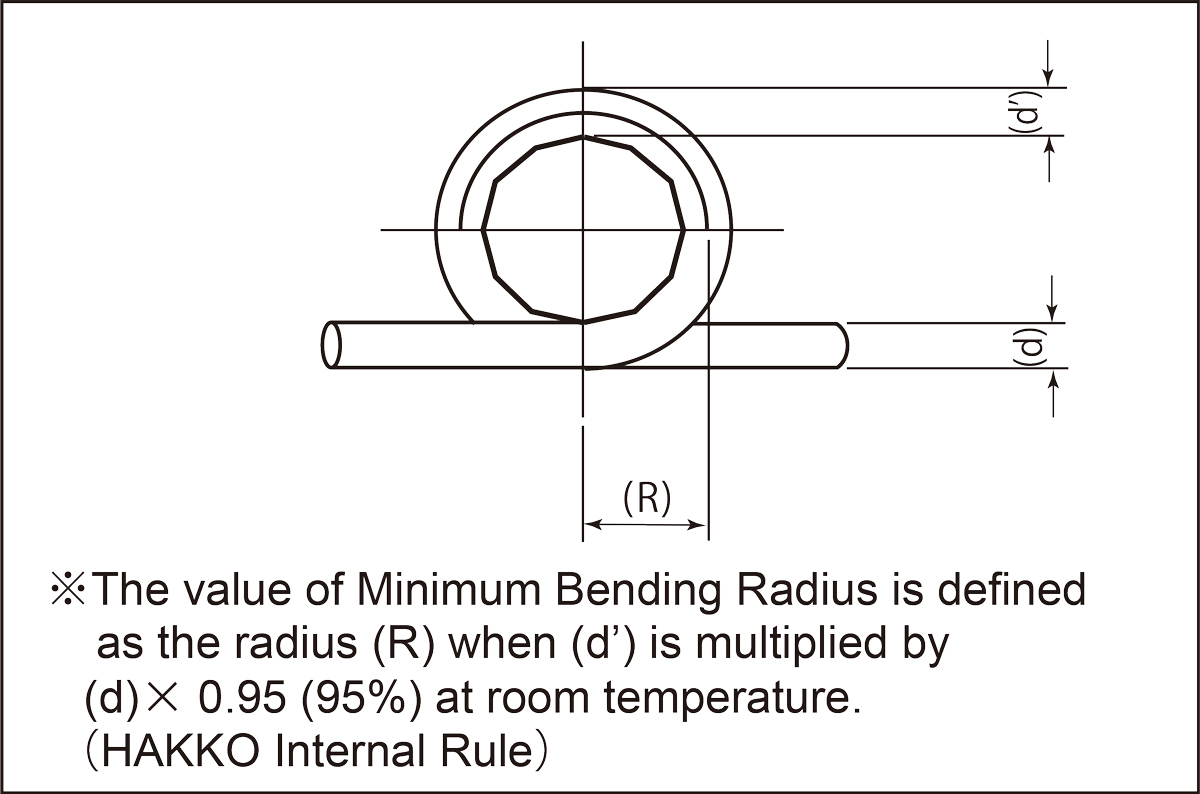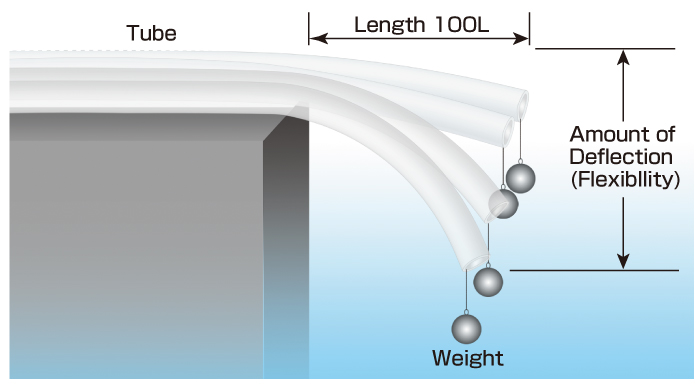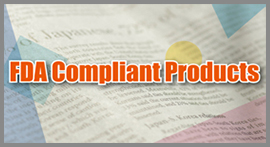Heat Resistant Soft Tubing 100℃ [Model Number: E-HRT]
Heat Resistant Soft Tubing | Up to 100$^\circ$C (212 $^\circ$F) | For Hot Water | Made of Non-PVC, Styrene Materials | If you look for a soft and heat resistant tubing, we recommend E-HRT.
Fluids
 chemicals
chemicals food
food drink
drink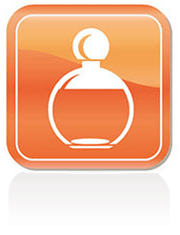 cosmetics
cosmetics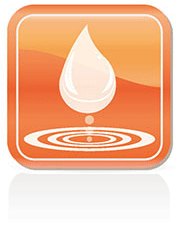 water
water Applications
- For Hot Water Rinsing at 100$^\circ$C (212 $^\circ$F) in the Food and Beverage Manufacturing Processes
- For Cooling Water for Mold Cooling Applications
- For Increasing the Features of Gas Barrier to Minimize the Fluid Permeation (As an Alternative for Silicone Tubing)
- For Peristaltic Pump Tubing
- For Transferring Food and Beverage (Except Fats, Oils, and Fatty Foods)
- For Transferring Cosmetics and Fragrance
- For Transferring High Purity Chemicals such as Fine Chemical
- For Chemical Piping such as Acid and Alkali Transfer
Functions
Non-PVC
Chemical Resistance
Food-Sanitation
Flexibility
RoHS 2 Free
FDA Compliant
Heat Resistance 100$^\circ$C
Characteristics
- Flexibility...E-HRT shows higher levels of flexibility, compared with other non-PVC tubing. This leads to higher work efficiency.
- High Temperature Resistance...E-HRT can stand up to 100$^\circ$C (212 $^\circ$F) without significant dimensional changes, based on sterilization (autoclave) test results.
- High Duration...E-HRT has higher levels of duration than a silicone tubing, which can be used for peristaltic pump applications.
- Chemical Resistance...Since E-HRT is made of Styrene Resin, E-HRT has chemical resistance against acid and alkali.
- High Gas Barrier...E-HRT has higher levels of gas barrier than a silicone tubing.
Certificates and Regulations
- FDA Compliance...E-HRT is based on the material that listed in FDA 21CFR. Certificate is available here.
- PIM Compliance...E-HRT is compliant with PIM (Plastic Implementation Measure) regulations. Certificate is available on request.
- Japanese Pharmacopoeia (JP)...E-HRT is based on the material compliant with the Japanese Pharmacopoeia (JP).
- RoHS Compliant...E-HRT is compliant with RoHS requirements (Directive: (EU) 2015/863). (RoHS Compliant means that E-HRT does not contain RoHS 10 restricted substances or it does not exceed the upper threshold of RoHS 10 restricted substances.) Certificate is available on request.
- EU REACH and UK REACH...E-HRT is compliant with REACH SVHC 31st list (242 substances). Certificate is available on request.
- Food Sanitation...E-HRT conforms to the Food Sanitation Law No.380 (No.380 of the Ministry of Health and Welfare for Food Sanitation). If you need our certificate, showing that E-HRT conforms to the Food Sanitation Law No.370, please click here.
Packing Images
Product Standard
Standard Size
- Temperature Range : 0 - 100 $^\circ$C (32$^\circ$F - 212$^\circ$F)
- Color : Milky White
*Please note that the value of "Minimum Bend Radius" is NOT equal to that of "Flexibility." About "Flexibility," please refer to the value of "Amount of Deflection" in the section of Technical Information or request the sample.
*If you are interested in the non-standard size of this product, please fill out the following form. Please note that the MOQ applies for made-to-order size.
Made-to-Order Inquiry Form
Leaflet Request
For more information on our Product Standard of E-HRT, please click "Product Leaflet Download" above.
Specification Request
For more technical information (such as Thickness of Each Layer and Precautions in Use) on E-HRT, please click "Product Specification Download" above.
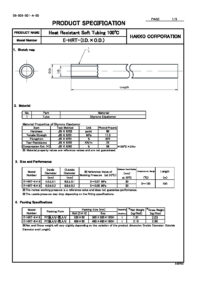
Cautions:
- Please use the joints to seal an inner surface of the tubing. In case you use the joints to seal an outer surface of the tubing, the bursting and/or coming off from the tubing might occur.
- Please do not use E-HRT for lubricating oil and solvents.
- Please do not let E-HRT contact with PVC products. Plasticizers in PVC products might transfer.
- When you use E-HRT for peristaltic pump applications and sterilization (autoclave), please evaluate and judge whether or not E-HRT can be used.
- When you use our products, please refer to "Precautions for Use."
- In terms of chemical resistance, please refer to the table below. If you cannot find the chemical name on the table below, please contact us for the chemical compatibility.
■ Chemical Resistant Chart on E-HRT
Notes:
- The judging criteria of the chemical resistance data are made under the fixed circumstances. Thus, depending on how you use hoses, out product may not be used even though the chemical resistance data shows $\unicode{x25CE}$ or $\bigcirc$.
- When pouring the fluid, be sure to confirm the safety of the HAKKO product under the actual use conditions.
- If there is no additional information, concentration of water solution is saturation.
- Figures included in parentheses show the concentration percentage and the lab test temperature. If there is no additional explanation, the lab test was conducted at room temperature (about 20 degrees Celsius).
- The following chart is chemical resistance date only for physical properties. If the chemical substance is gas, this data is are not guaranteed. Do NOT carry dangerous chemical substances such as active gas.
$\unicode{x25CE}$: Can be used without any influence.
$\bigcirc$: Can be used without any big influence, or almost no influence on material.
$\triangle$: Can be used though having an influence on material to some extent. Additional check before in use is required.
$\times$: Cannot be used.
Frequently Asked Question
Question: What does "Fats, Oils, and Fatty Foods" mean?
Answer: The definition is foods other than dry solid foods with an oil or fat content of approximately 20% or more in or on the surface of the food. The examples are butter, chocolate, mayonnaise, cheese and curry.
Technical Information
(A) Flexibility Comparative Data
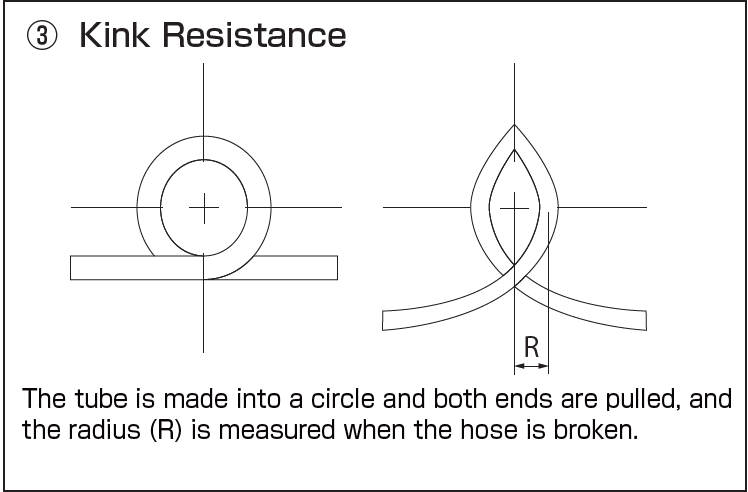
Results: "Amount of Deflection" is one indication of flexibility. Flexibility varies depending on hose (tubing). The larger the amount of deflection is, the more flexible the hose (tubing) is. Thus, E-HRT is much more flexible than E-KYT.
(B) Duration Test Data (E-HRT vs. Silicone Tubing vs. Elastomer Tubing)
Test Method: Samples (E-HRT, Silicone Tubing and Elastomer Tubing) were placed in the peristaltic pump and operated under certain conditions. We checked the liquid flow rate for every 600 hours and compared the pre-test sample with the post-test (after 600 hours) sample. After 1,200 hours' test, we also checked the tubing appearance about whether or not there are a crack and/or a hole.
Results: After 600 hours, E-HRT shows a better liquid flow rate [95.8%] than a silicone tubing [83.3%] and an elastomer tubing [70.8%]. For a silicone tubing, we tried to continue the test until 1,200 hours, but a silicone tubing had a hole when 912 hours have passed. On the other hand, E-HRT has no crack and hole after 1,200 hours have passed. Its liquid flow rate was 79.1%, compared with the pre-test sample. An elastomer tubing has no crack and hole after 1,200 hours have passed, but its flow rate was 58.3%. As a result, E-HRT shows higher duration than a silicone tubing and an elastomer tubing.

(C) Gas Barrier Test Data
Test Method: We poured grapefruit juice into E-HRT and silicone tubing, and then sealed on both ends for 1 and 2 weeks. (The test room temperature is 40 $^\circ$C (104 $^\circ$F)). Then, we measure how much the grapefruit juice decreased over 1 and 2 weeks.
Results: As you see the picture below, after 2 weeks, amounts of grapefruit juice for silicone tubing are volatized, while those for E-HRT are not volatized. This test result shows that E-HRT shows a higher barrier (low permeability) tubing than a silicone tubing.
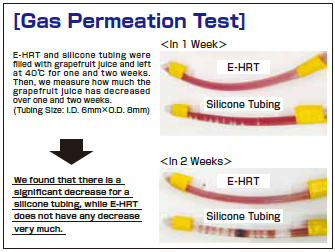
HAKKO Original Fittings for E-HRT
| Product Name | Materials, Characteristics |
| Fittings for Multi-Layer Tubing [Model Number: E-FTS-F]] |
- Material: SUS316L (SS316L) (Body) and SUS304 (SS304) (Nut)
- It is designed by HAKKO tubing products, so you do not have to worry about fluid leakages and coming off.
- Specify temperature range and working pressure for each product.
- It is excellent in corrosion resistance [Body: SUS316L (SS316L)].
- Since it is made of stainless steel (Passivation Treatment), you can transfer a wide variety of fluids.
|

|
| PEEK (Carbon Reinforced) Nut Type Fittings [Model Number: AL]] |
- Material: PEEK
- Lightweight...Fitting weight is less than one-fifth, compared to same-size SUS joints, leading to overall weight reduction of equipment.
- Great Heat Resistance...PEEK material has excellent heat resistance among resins.
- Chemical Resistance...PEEK material has excellent resistance to a wide range of chemicals including acids, alkalis and organic solvents.
- Mechanical Strength...Carbon fiber is added to the engineering plastic of PEEK, which is strong in tensile and impact resistance.
|
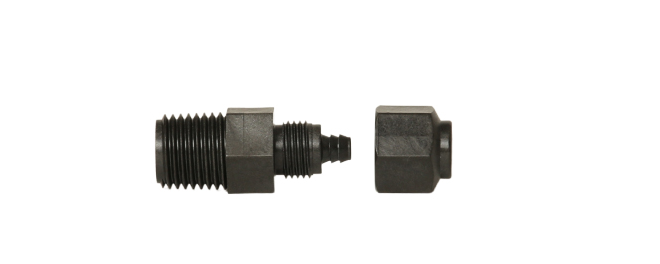
|

